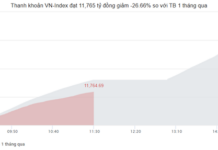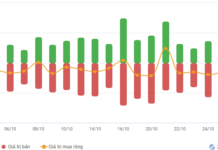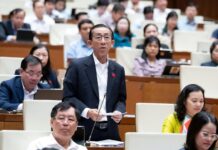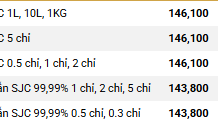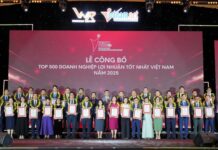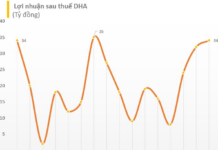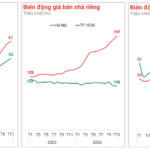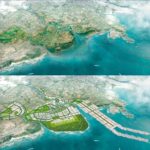On December 5th, Prime Minister Pham Minh Chinh, Head of the National Steering Committee for important national projects and key transport infrastructure projects, chaired a meeting of the Government’s Standing Committee on the proposal for urban railway systems in Hanoi and Ho Chi Minh City.
According to the master plan, the capital’s urban railway system will have a total length of approximately 413 km. By 2035, Hanoi aims to operate around 397.8 km of urban railways, accounting for 35-40% of the public passenger transport market share. After 2035, the city aspires to put into operation an additional 200.7 km.

By 2035, Hanoi aims to operate approximately 397.8 km of urban railways.
Hanoi’s capital needs for the 2026-2030 period are estimated at USD 14.60 billion. For the 2031-2035 period, the city will require approximately USD 22.57 billion, and from 2036 to 2045, Hanoi’s urban railway system will need about USD 18.25 billion.
In Ho Chi Minh City, according to the adjusted master plan, the urban railway system by 2040, with a vision towards 2060, will comprise 12 lines, including 10 metro lines with a total length of about 510 km and 2 light rail (tramway/LRV) lines with a length of about 70 km.
The goal is for Ho Chi Minh City to have 31 km of urban railways by 2030, carrying 15-20% of public passengers. By 2045, the city aims to operate 351 km of urban railways, serving 40-50% of public passengers…
Proposed specific mechanisms and policies
Concluding the conference, Prime Minister Pham Minh Chinh instructed that the proposal must incorporate breakthrough thinking and strategic vision to ensure high efficiency. He also emphasized the need for thorough decentralization and delegation of authority to Hanoi and Ho Chi Minh City in terms of organization, resource mobilization, and handling related matters.
Accordingly, the Prime Minister requested the Ministry of Transport, other ministries, and the two cities to collaborate in perfecting the institutions, standards, criteria, and procedures related to the development of urban railways and transportation in general. He emphasized the importance of long-term vision in refining the urban railway and transportation planning, adopting the philosophy of “building bridges over rivers, tunneling through mountains, and filling in fields.”
The Prime Minister emphasized that the urban railway systems in these two major cities should be built with entirely innovative thinking and modern standards, criteria, and procedures that meet the demands of a new era. He also highlighted the importance of technology transfer, the development of a railway industry and ecosystem that prioritizes speed, environmental sustainability, and advanced technology, and the proposal of specific mechanisms and policies for consultant selection, supervision, investors, and contractors, ensuring transparency…
In the immediate future, Hanoi and Ho Chi Minh City are urged to expedite the completion and submission of the Master Plans for the construction of the two cities to the Prime Minister by December 25th for approval, which will serve as the foundation for development, including investments in the urban railway systems.
The Prime Minister assigned Deputy Prime Minister Tran Hong Ha to direct the Ministry of Transport, the People’s Committees of Hanoi and Ho Chi Minh City, and relevant ministries and agencies to focus on finalizing the proposal and dossier for submission to the Politburo for consideration of investment policies, mechanisms, and policies.
The Head of the Government reminded the ministries, sectors, and localities to coordinate closely and pay particular attention to preventing negative phenomena and corruption throughout the implementation process.
The Korea Land & Housing Corporation’s Visionary Venture:
“A Grand Urban-Industrial Symphony in Binh Dinh”
On December 4th, at the Provincial People’s Committee office, Chairman Pham Anh Tuan met with a delegation from the Korea Land & Housing Corporation, led by Mr. Lim Hyun Seong, Executive Director and Head of the company’s Hanoi office. The delegation was in Binh Dinh to explore investment opportunities and potential collaboration with the province.
High-Speed Rail Link: Thu Thiem – Long Thanh, 120km/h
The Ministry of Transport has established a council to appraise the pre-feasibility study report for the Thu Thiem – Long Thanh railway project. Deputy Minister Nguyen Danh Huy will chair this council.



